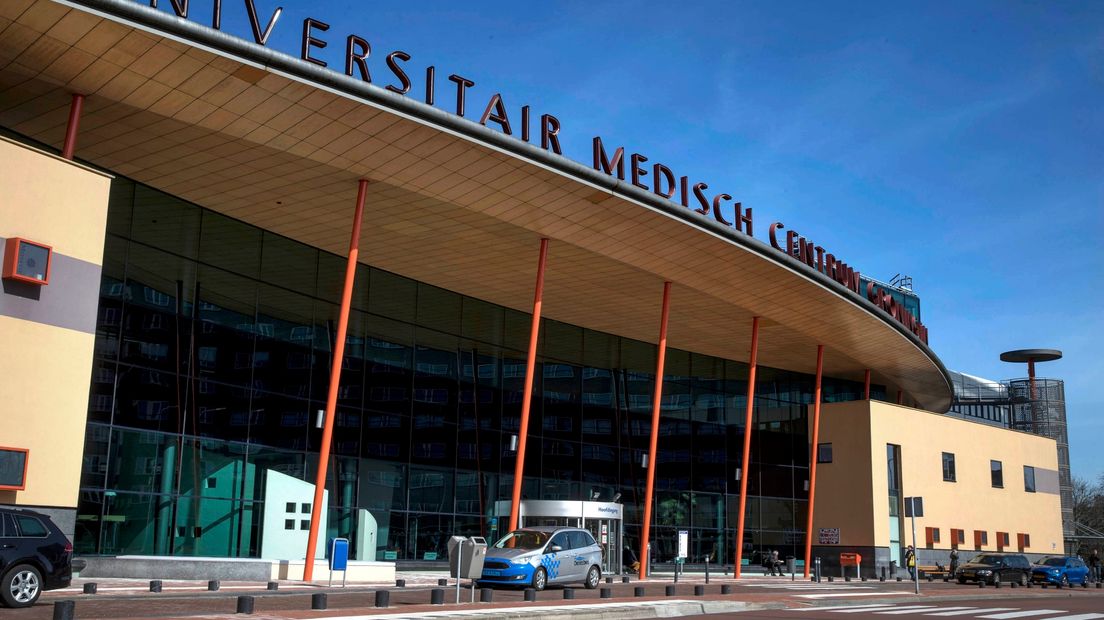RIYADH, KOMPAS.com – The short haircut, known locally as the English word “boy”, has become conspicuous on the streets of the capital Arab Saudi.
One of these new trends emerged after Saudi Arabian women no longer required to wear the hijab, as per social reforms pushed by Crown Prince Mohammed bin Salman (MBS), Ruler in fact Arab Saudi.
Also read: Entering the Hajj Season, Saudi Arabia Stops Issuing Umrah Permits as of June 23
At one salon in downtown Riyadh, the demand for a “boy” haircut has soared.
“Seven or eight out of 30 customers ask for it on any given day,” says Lamis, a hairdresser.
He admits that this look is becoming very popular now. The demand has increased, especially after women entered the labor market.
“The fact that many women don’t wear the hijab (choose a short cut) has highlighted its spread,” she said, adding that the development of this trend has prompted more customers to try it, especially women in their late teens and twenties.
New policy Prince MBS is not the sole factor in the proliferation of short haircut trends among Saudi Arabian women.
Another reason is that more women are now able to join the workforce, a major part of the government’s efforts to rebuild the Saudi economy.
Also read: Saudi Arabia confiscates Rainbow Color Children’s Toys, Called LGBT Promotion
Saudi Arabia’s professional women development
Many working women interviewed by AFP praised the “boy” cut as a tool for navigating their new professional life.
They described the “boy” cut as a practical and professional alternative to the longer styles they might have liked in their previous pre-employment days.
Saudi doctor Safi, who has taken up a new job at a hospital in the capital, said he decided to mix his standard white lab coat look with a style that was once considered dramatic.
Walking into a Riyadh salon, she ordered her stylist to cut her long, wavy hair short, down to her neck, a style that is growing in popularity among working women in the conservative kingdom.
For Safi, who asked to be identified under a pseudonym to maintain anonymity, this look also serves as a form of protection from unwanted male attention, and allows her to focus on her patients.
“People like to see femininity in a woman’s appearance,” she says.
“This style is like a shield that protects me from people and gives me strength.”
Strength and self -confidence
Saudi Arabia has traditionally banned men from “copying women” or wearing women’s clothing, and vice versa.
But Rose, a 29-year-old shoe salesman at a Riyadh mall, sees her short haircut as a way of asserting her independence from men, not copying them.
It “gives me strength and confidence… I feel different, and able to do what I want without anyone’s guardianship”, said Rose, who did not want to give her full name.
“At first my family refused this cut, but over time they got used to it,” he added.
The reception partly reflects the influence of Arab stars such as artist Yasmin Raeis or singer Shirene, who have adopted the style, according to Egyptian stylist Mai Galal.
“Women who cut their hair this way are women of strong character because it is not easy for women to throw their hair away,” Galal told AFP.
Also read: Biden to meet Saudi Arabia’s crown prince, ignores human rights issues he once highlighted
Nouf, who works in a cosmetics shop, describes the message behind the “boy” cut trend as follows: “We want to say that we exist, and our role in society is not that different from the role of men in society.”
Short hair, he added, was a “show of women’s strength”.
The lifting of the hijab requirement is just one of many changes for Saudi women under Prince Mohammed, who was named heir apparent to his 86-year-old father, King Salman, five years ago.
Saudi women are no longer barred from attending concerts and sporting events. In 2018, Saudi Arabian women were also allowed the right to drive.
The kingdom has also relaxed its so-called guardianship rules, meaning women can now obtain passports and travel abroad without the permission of a male relative.
Even so, such reforms are still accompanied by a crackdown on women’s rights activists, which is part of a wider campaign against dissent.
Also read: Saudi Arabian Airlines Flies For The First Time With All-Female Crew
Getting more women to work is a key component of Prince MBS’s Vision 2030 reform plan, to make Saudi Arabia less dependent on oil.
The plan originally called for women to account for 30 percent of the workforce by the end of the decade.
“However, that figure has already reached 36 percent,” Royal Assistant Minister of Tourism Princess Haifa Al-Saud told the World Economic Forum in Davos last month.
“We see women today in every type of work,” said Putri Haifa, noting that 42 percent of small and medium-sized enterprises are owned by women.
Get updates news of choice and breaking news every day from Kompas.com. Let’s join the Telegram group “Kompas.com News Update”, how to click the link https://t.me/kompascomupdate, then join. You must first install the Telegram application on your cellphone.–
/data/photo/2022/06/28/62baf0590e417.jpg)

